Polystyrene (PS)
What is PS, and what purposes does it serve?
Polystyrene (PS) plastic is a natively translucent thermoplastic that may be found in both the form of rigid foam and standard solid plastics. PS plastic is often used in several consumer product applications and is very beneficial for business packaging. So, finding reliable suppliers of polystyrene is very important for customers.
In 1941, Dow Chemical Company developed a unique method to create the well-known and trademarked polystyrene foam product “Styrofoam.” The substance is rather divisive among environmental organizations since it takes a long time to decompose and is becoming more common as outdoor waste.
More information about other Monopoly-int products in Turkey : low-density polyethylene (LDPE)
The solid plastic type of polystyrene is regularly used in everyday goods like the shelter on your smoke sensors, the case you utilized to purchase your CDs in, and regularly as a carton for foods like yogurt or the red “solo” cup you sip from at a tailgate and/or when you’re having lost in a match of drinking games. Medical device implementations like test tubes and petri dishes also frequently use this type of plastic.
characteristics of polystyrene chemically molded plastics for injection. The most popular kind of polystyrene used as packing material is foam. If you’ve ever purchased a new television or a large piece of new gear like a Miter saw, you’ve undoubtedly had to open a special Styrofoam enclosure. For import and export you can contact Monopoly International Company, one of the most reliable sellers of this product.
Similar to this, you’re undoubtedly aware with the Styrofoam “peanuts” used as filler when shipping various tiny things. Additionally, many restaurants utilize Styrofoam for their throwaway dinnerware and “to-go” containers.
In situations where biocompatibility is required, polystyrene is typically not used. Specific manufacturers offer polystyrene copolymer grades that are biocompatible.
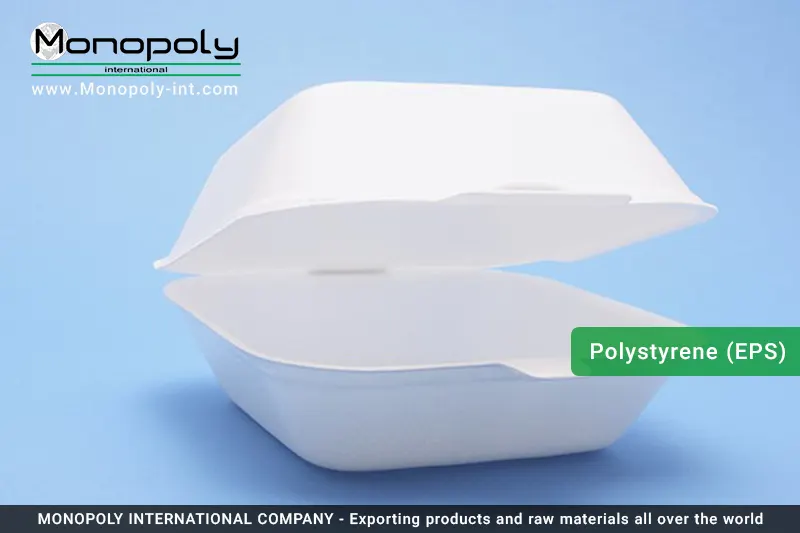
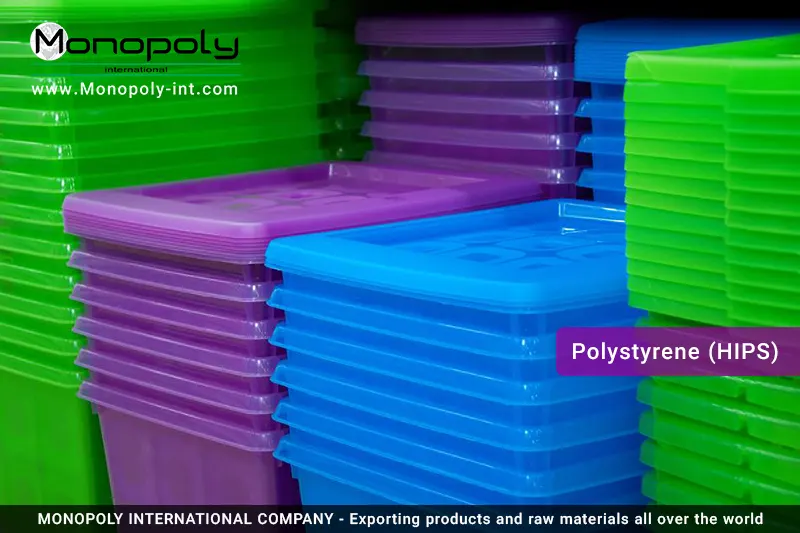

Common products that are Polystyrene
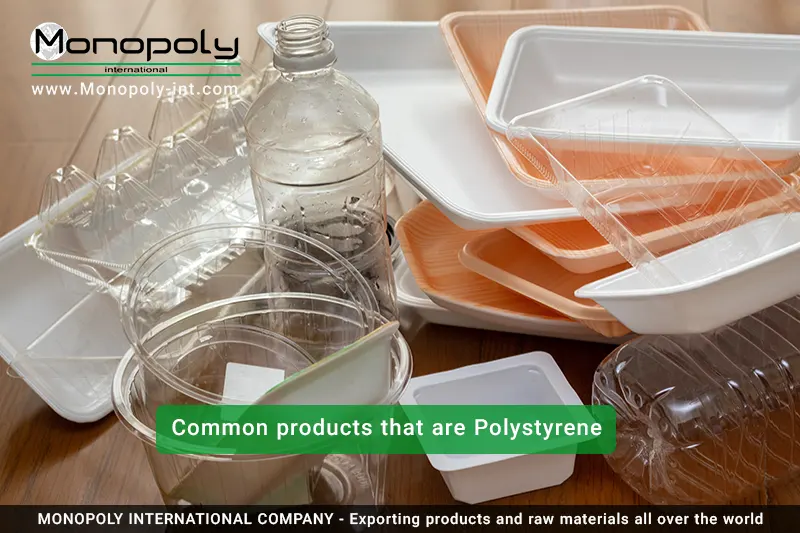
Polystyrene suppliers | What features does polystyrene have?
Let’s look at some of Polystyrene’s most important characteristics now that we understand what it is used for. Usually (though not always), polystyrene is a homopolymer, which means that it is simply made up of the molecule styrene combined with itself.
More information about other Monopoly-int services in Turkey : Recycled PET suppliers
Based on the PS type, it may fall within the “thermoplastic” or “thermoset” substance categories. The term refers to how the plastic reacts to heat. At their glass crossing point, thermoplastic materials start to flow, but at their melting point (210–249 ° C in the instance of polystyrene), they become totally liquid (100 degrees Celsius for PS).
The ability of thermoplastics to be heated to their melting point, chilled, and then warmed again without significantly degrading is one of its most advantageous properties. To buy this product, you can contact Monopoly International Company.
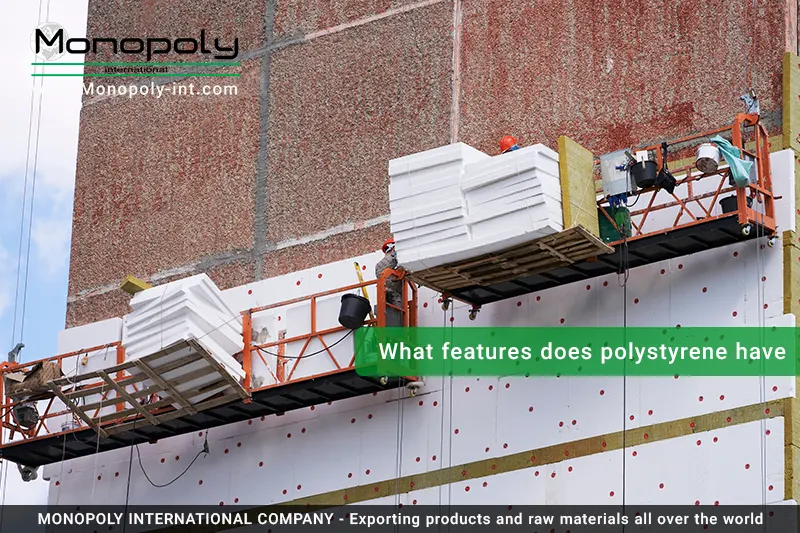
Thermoplastics liquefy as opposed to burning, making it simple to inject them into molds and then recycle the resulting material. Thermoset polymers, on the other hand, once “set” in solid form, will not reliquary.
thermoset plastics, however, can only be warmed once (typically during the injection molding process). When thermoset materials are heated for the first time, they set (much like 2-part epoxy), causing a chemical alteration that cannot be undone.
A thermoset material would burn if you attempted to heat it to a high temperature a second time. Because of this quality, thermoset materials are not good candidates for recycling.
What makes polystyrene so popular?
The usage of polystyrene as foam is its most distinctive use. Although it dominates the packaging sector, conventional plastics may also be used for a variety of applications. Polystyrene has been employed by Creative Mechanisms in a variety of industries across a wide range of sectors.
For many years, Polystyrene, or just Styrene as it is often called, was the preferred prototype material, much for the same purposes that we now use ABS. It is cheap, easily accessible, white, and works well for cutting, gluing, and painting.
ABS’s “S” stands for Styrene. When they need a fast, crude prototype, many senior scientists and developers who have worked in the field for some time may request a Styrene model. Styrene sheets are still in great supply at Creative Mechanisms.
They will be used to construct huge models that may be made with flat sheets, fast test models, paint samples, vacuum formed or thermoformed prototypes, and paint samples.
PS has also been employed as a kind of living hinge material in the past. There are transparent throwaway PS boxes that open like a clamshell and have a hinge in the center.
In this instance, the hinge is a bit different from the typical PP living hinge. The PS hinge is often more like a series of twists that enable the clamshell to stretch and expand. Whether or not it is really a living hinge, it nonetheless functions effectively and is simple to thermoform.
request a quote
What kinds of Polystyrene are there ?
Polystyrene comes in three main varieties: normal polystyrene plastic, polystyrene film, and polystyrene foam. Extruded polystyrene (EPS) and expanded polystyrene (EPS) are two forms of foam (XPS).
The most popular and widely used polystyrene products, such as packing peanuts and Styrofoam, are included in EPS. XPS is a greater density foam that is often utilized in applications like creating models for architecture. Copolymers include certain varieties of polystyrene material.
When mixed with other materials, homopolymer PS, which is often rather brittle, may be made more impact resistant (known in this form as the copolymer High Impact Polystyrene, or HIPS).
Vacuum forming of polystyrene film is another option for use in packaging. Films may be stretched into oriented polystyrene (OPS), which is more brittle than alternatives like PP but less expensive to create.
More information about other Monopoly-int services in Turkey : Recycled polypropylene (PP) Suppliers
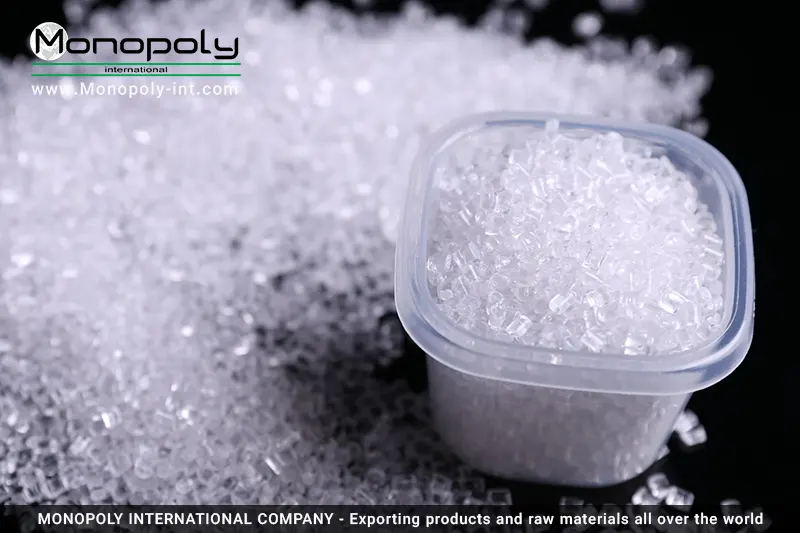
If you need a LDPE supplier, you can contact our experts Quotation submission form Contact us
Safety of Polystyrene in food containers
Polystyrene has been approved by the FDA for consumption in interaction with foodstuff for many years. Similar findings have been reached by the European Committee Food Safety Agency and other regulatory bodies.
Food-borne illnesses may be decreased in households, clinics, universities, nursing homes, coffee shops, and restaurants through the use of polystyrene foodservice packing.
The foodservice sector prefers polystyrene foodservice packaging because it performs better than alternatives. Cold foods remain cold, hot foods remain hot, and fresh foods remain fresh. Polystyrene wrapping provides more comfort and dining pleasure for people who are constantly on the go, from organic salads to hot chili.
Compared to paper-based or reusable alternatives, wholesale prices for polystyrene foodservice packaging may be up to five times lower.
Due to foam polystyrene’s substantially lower weight compared to similar paper- or corn-based options, frequently used cups, plates, and sandwich containers use substantially less energy and water.
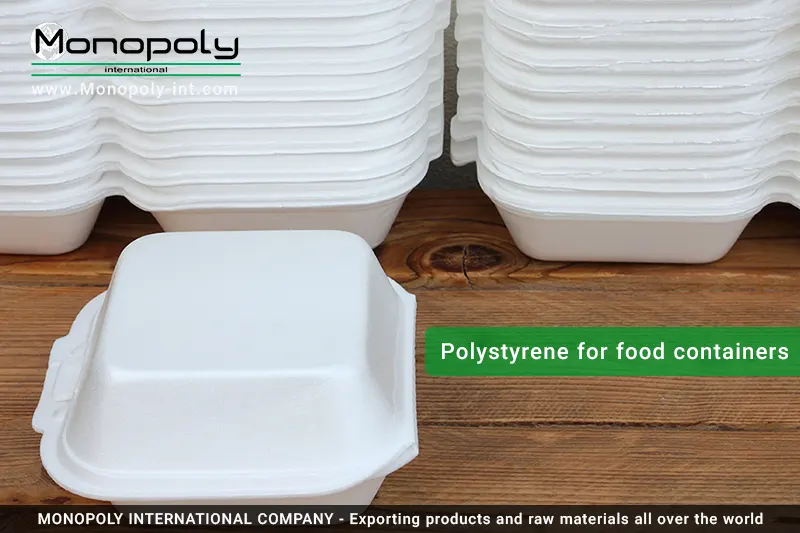
Applications & Advantages
Appliances contain
Appliances like blenders, air conditioners, ovens, microwaves, vacuum cleaners, and others are often manufactured of polystyrene (solid and foam), which is inexpensive, durable, and inert (it doesn’t react with other materials).
Automotive
Numerous auto elements, including knobs, instrument panels, trim, energy-absorbing door panels, and sound-dampening foam, are made of polystyrene (solid and foam). Child safety seats often employ foam polystyrene as well.
Electronics Contain
For the housing and other components of TVs, computers, and other forms of IT equipment where the integration of form, function, and aesthetics is crucial, polystyrene is employed.
Food service industry
Compared to alternatives, polystyrene foodservice packaging often insulates better, preserves food longer, and costs less.
Insulation contains
In a variety of applications, including refrigerators, freezers, building walls and roofs, lightweight polystyrene foam offers excellent thermal insulation. Insulation made of polystyrene is nontoxic, long-lasting, and water-resistant.
Polystyrene in medicine
Polystyrene is utilized for a variety of medical applications because of its clarity and simplicity in sterilizing, including tissue culture trays, test tubes, petri dishes, diagnostic components, housings for test kits, and medical equipment.
Containers made of Polystyrene
The solid and foam forms of polystyrene are often employed to protect consumer goods. Polystyrene is often used to make CD and DVD covers, foam shipping peanuts, food packaging, meat/poultry trays, and egg cartons in order to prevent damage or spoiling.
FAQ
Polystyrene is an extremely versatile and mouldable material, lending itself to a range of uses in numerous industries. For household appliances, white and electronic goods such as microwaves, ovens, televisions, computers and vacuum cleaners, polystyrene in both solid and foam forms are used. A stable and durable material, PS doesn’t react with other materials, meaning that household items are long-lasting.
One of the most cost effective and efficient plastics, polystyrene is fully recyclable. The material can be de-dusted and granulated, before re-entering the supply chain, contributing to a circular economy.
